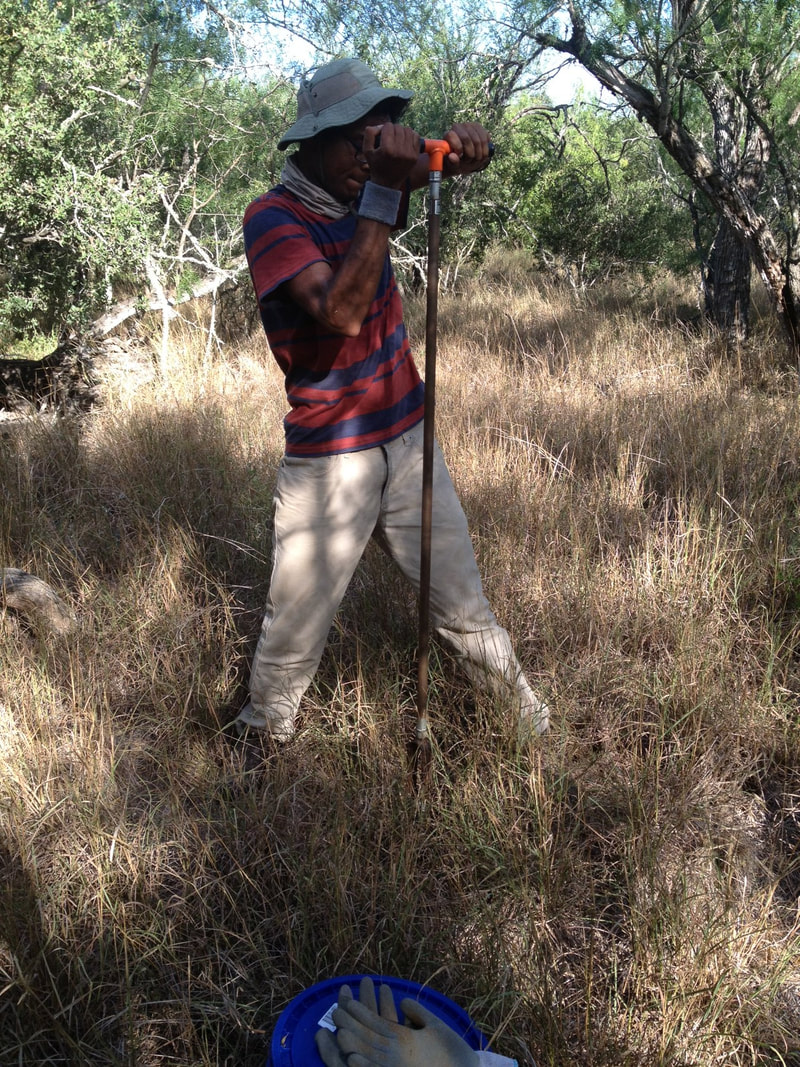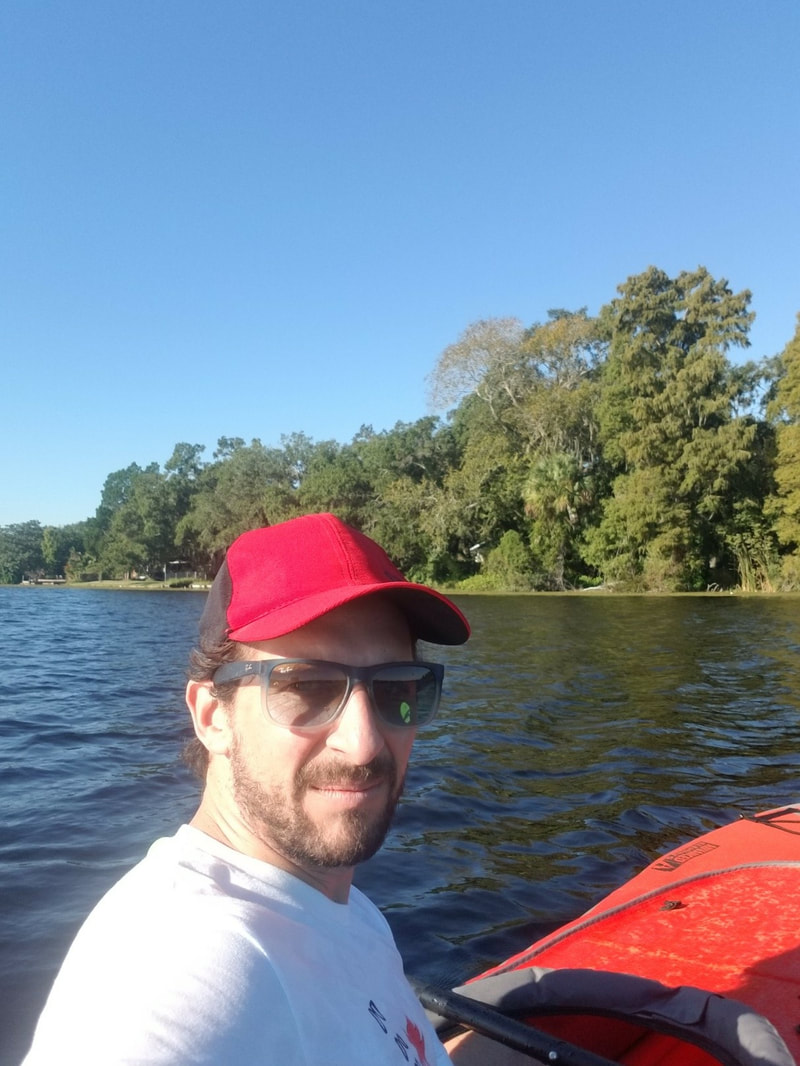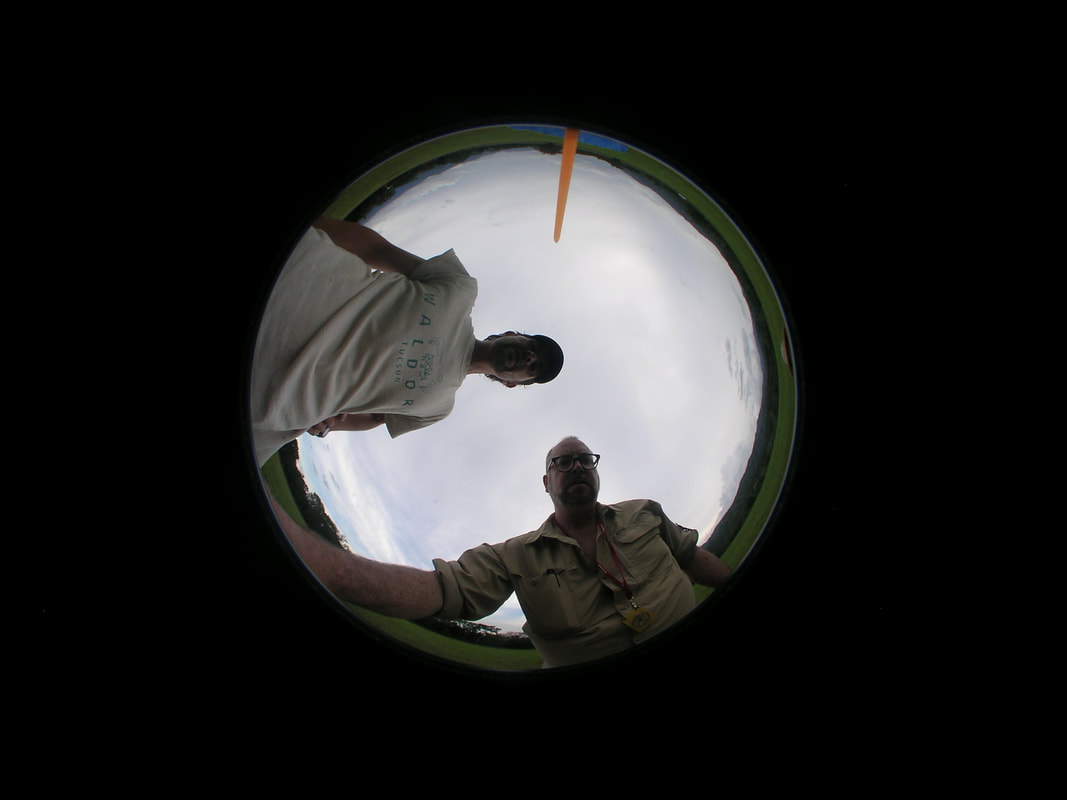I still treat hydrology as a reference point to understand the importance of ecohydrology. And that’s what ecohydrology is to me – expanding our understanding of hydrology by taking into account the biophysical processes in a system. To me, personally, being an ecohydrologist (as opposed to a hydrologist) has allowed me to see the relevance of what we do beyond water resources to other implications such as carbon balance and system stability.
What are your undergraduate and graduate degrees in?
My undergraduate degree was in mechanical engineering which I acquired from the National Institute of Technology Nagpur (India) in 2009. I moved to US (and Texas A&M University) in 2014 to pursue a masters in hydrology. I started working on my PhD with my adviser Brad Wilcox a year after that.
How did you arrive at working in/thinking about ecohydrology?
In the year preceding to moving to Texas A&M as a graduate student, I was working as a fellow with a grass roots organization in Central Himalayas in India. During this time, I was involved with their project on aquifer mapping and catchment delineation while engaging the community in a participatory manner. This unique experience motivated me to pursue graduate school in the area of hydrology. However, my introduction to ecohydrology was through a course which gave me the opportunity to view vegetation as part of the hydrological systems. Specifically, I was excited by the work related to shrub encroachment and streamflow dynamics in Central Texas by Brad Wilcox in whose lab I have been working as a graduate student since 2015.
What do you see as an important emerging area of ecohydrology?
I have always been interested in the narrative of planting trees for carbon gain and climate change mitigation. The concerns related to tree plantation programs have been especially raised in works such as those by Dr. Rob Jackson, Dr. Esteban Jobaggy and Dr. Joseph Veldman. However, this idea that “tree planting and creating forests is good” has continued to persist in the society at large. I think that as a discipline ecohydrology is probably most well placed to correct such misconceptions. How can we break down the advancements we make as ecohydrologists to something which can take the place of some of these misconceptions and help correct some of these dominant narratives? Working closely with social and political scientists could give us some answers and could also be one of the emerging areas.
Do you have a favorite ecohydrology paper? Describe/explain.
In my PhD so far I have spent a lot of time characterizing soil moisture heterogeneity in a shrubland and in trying to understand how it may be linked with vegetation. In this regard, a favorite would be Breshears and Barnes (1999) where they introduce a four-compartment soil moisture model to illustrate the interdependency between plant functional types and soil moisture. Even though a very simple idea, the framework helped me think about heterogeneities at the grassland-forest continuum in semiarid systems. I was also very excited to see the paper by Stocker et al. (2018) last year which showed the role of soil moisture droughts in subduing light use efficiency.
What do you do for fun (apart from ecohydrology)?
Apart from sifting through my data and literature, I enjoy sketching, gardening, cooking and playing soccer. I also like to keep up with my interests in history and political ecology when I can.




 RSS Feed
RSS Feed